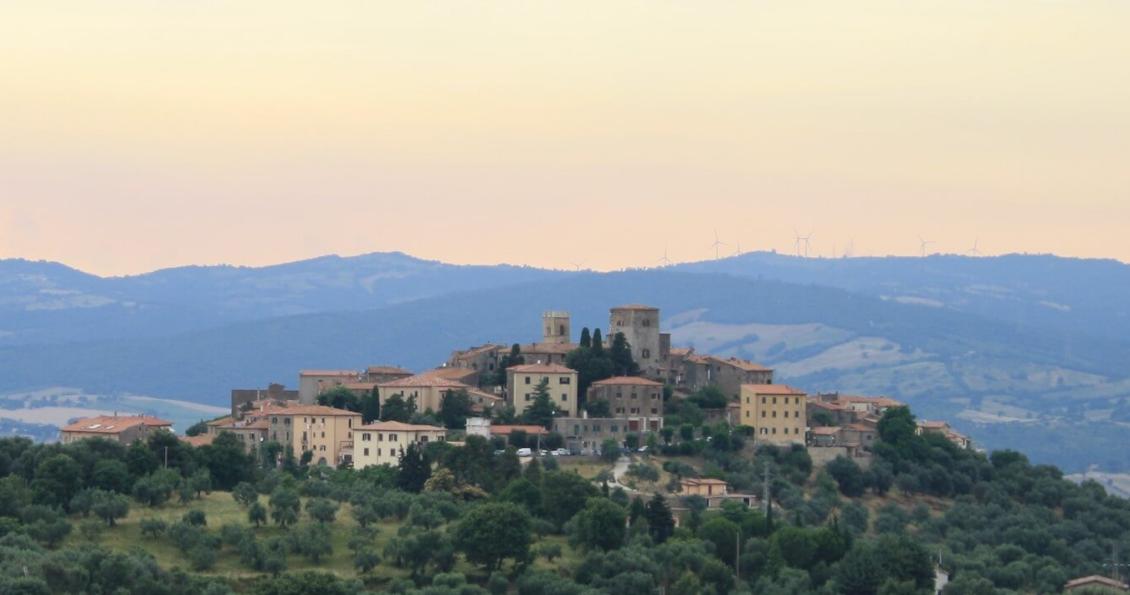As we already mentioned in the previous post, we’ll be writing posts for those who are looking for a reason to come to Maremma; but also for those who can’t make it here yet want to learn more about our cherished land. Therefore, we’ll tell you of this wonderful territory and its more or less hidden gems.
Today, I’d like to tell you about Montemerano, the village just 1km away from Villa Acquaviva, which I have experienced throughout various stages of my life.
Let’s start with a few historical notes about this medieval village perched atop a beautiful hill.

Montemerano was built by the Aldobrandeschi family in the 1200s in a strategic position of the area, which was often the place of clashes with other families for the control of the territory.
The following century it passed into the hands of the Baschi family who annexed it, bringing it into the territory of Orvieto. However, it was in the 1400s, when it passed under the yoke of the Sienese, that Montemerano was transformed into a real fortress. Then, with the defeat and fall of Siena, Montemerano was added by the Medici to the Grand Duchy of Tuscany.
This succession of rulers means that Montemerano is characterised by various architectural styles. Montemerano is full of little alleys and squares which make it a succession of ‘corridors’ that connect beautiful ‘lounge rooms’.
The most beautiful of these ‘lounge rooms’ is without doubt, Piazza del Castello (see photo on the cover), found in the highest part of the village, which can be reached from three access points: the steps in front of the Theatre (ex Church of San Lorenzo), the steps on the northern side of the Sienese walls and also via the main gate coming up from Via Italia. This square is a highlight of all of Maremma and not only of our little village.


There are also other things to visit, including the Church of Saint George dating back to the 15th Century, with its Romanic and Gothic architecture. it was built in 1380 at the behest of the Baschi Counts and the consecrated in 1430. What makes this church the most important artistic site of the area, is the array of works which are found inside. There is the beautiful polyptych by Sano di Pietro, a beautiful wooden tabernacle from the 16th Century, an incredible statue of Saint Peter, also in wood, said to be by Il Vecchietta and to top it off, some amazing frescoes which adorn the walls of this little, but wonderful church. Furthermore, a few years ago there was the much awaited reopening of the little Baroque chapel after a long period of restoration. However, the most renowned and curious work in the church is the ‘Madonna della Gattaiola’ (Madonna of the cat door), a painting dating back to the 1400s which was used as a door and given its name because of a hole cut into it, to allow passage for cats.

Needless to say, Montemerano is not only history. Indeed, it also boasts of some excellent food and wine. The extra virgin olive oil from the local olive mills are renowned, as are some local dishes such as Acquacotta, Montemeranese style tripe, codfish and also dishes with wild boar and lamb (this topic will be dealt with in more detail in other posts).
So, as you can see, Montemerano is one of the reasons why it’s worth coming to Maremma. So what are you waiting for?
Are you already acquainted with Montemerano? Have you ever visited it? if so, what did



